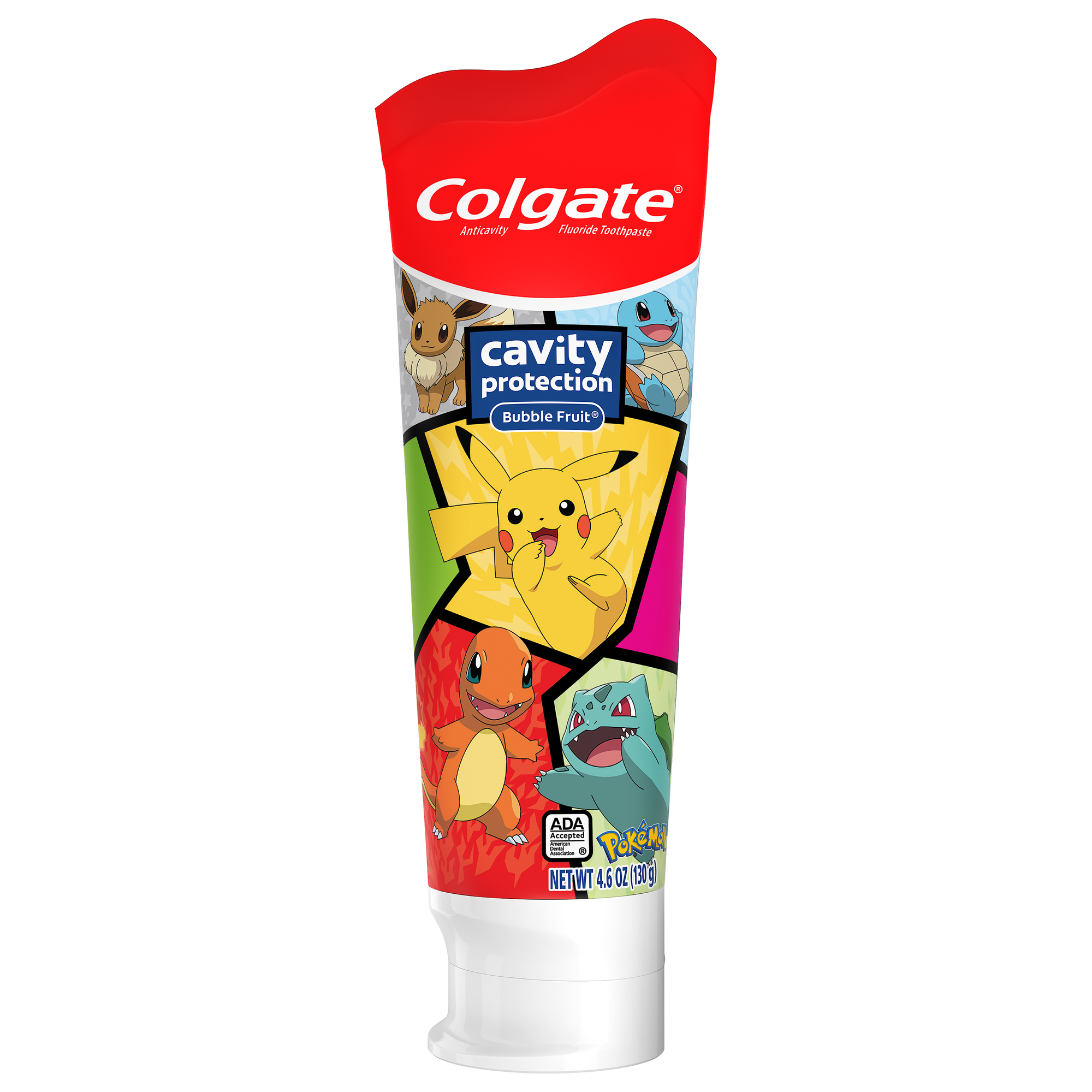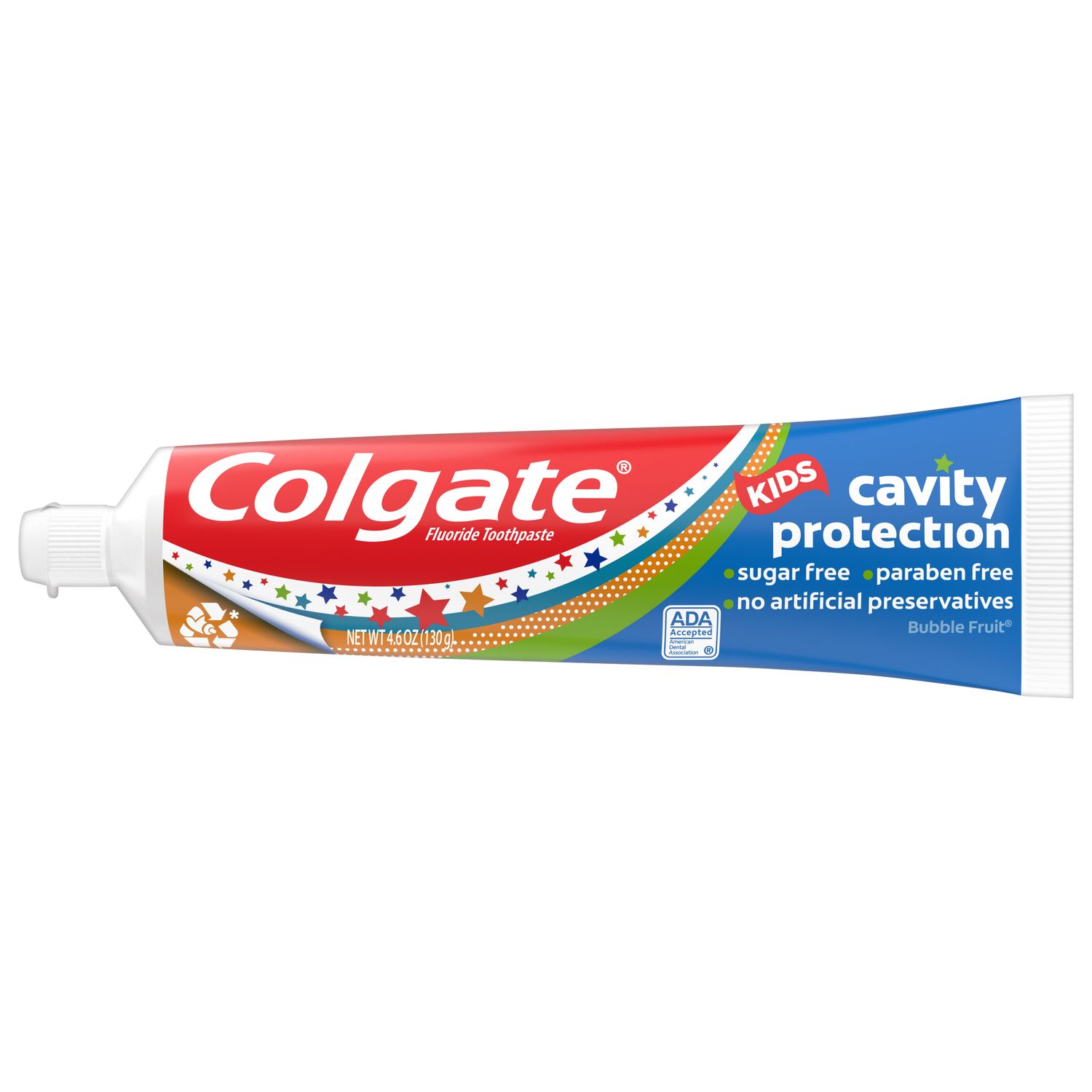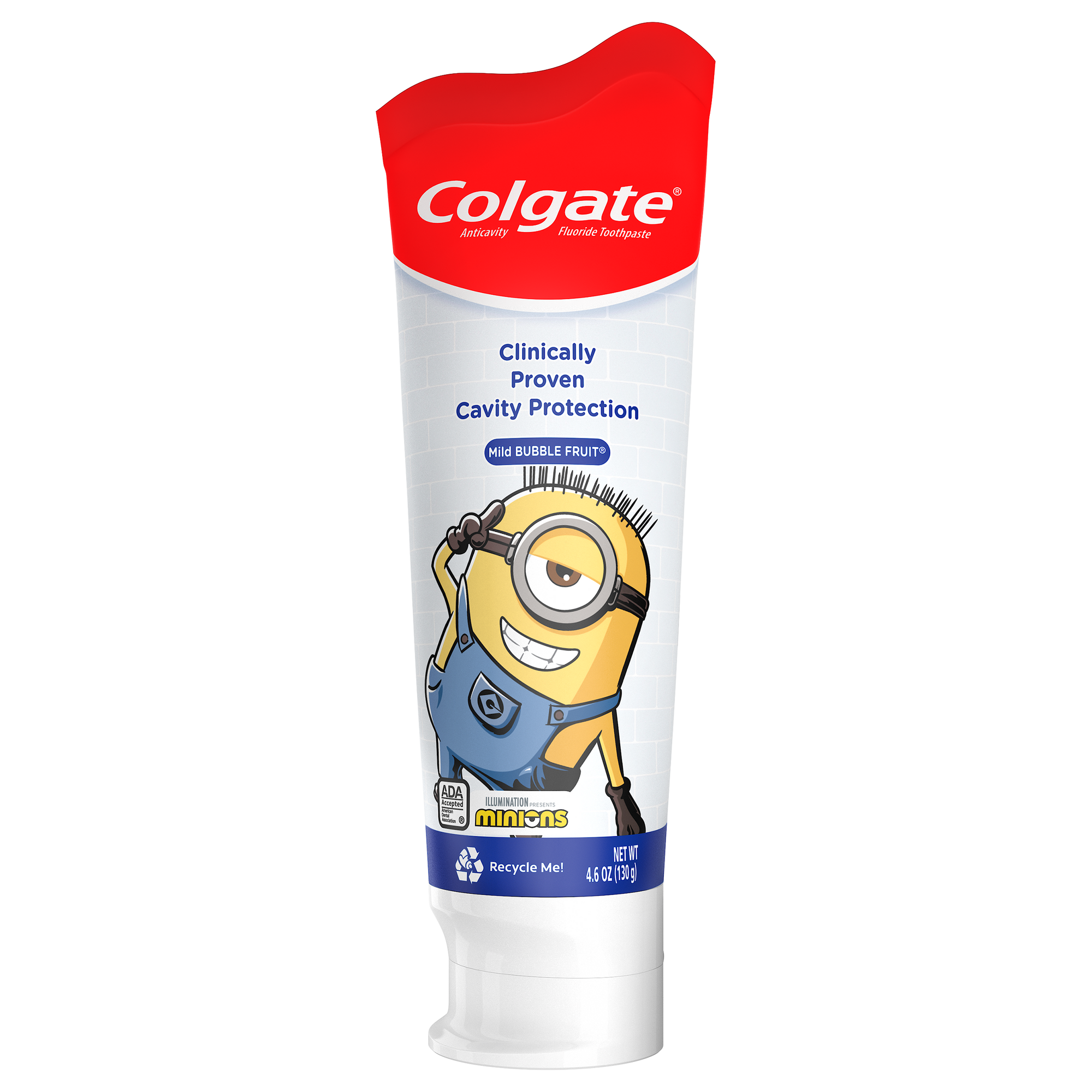Did you know that breastfeeding and dental health are related? Upon learning this, you might have some questions about breastfeeding and the dental health of your child, like "What are the benefits of breastfeeding?" or "Is breastfeeding bad for baby teeth?" No matter if you choose to breastfeed or bottle-feed, it's helpful to understand how breastfeeding and then the phase of your child's teething play a role in your child's oral health.
Why Breast Feeding Is Important
Breastfeeding and oral health are very closely linked. According to the American Academy of Pediatrics (AAP), there are plenty of reasons why breast milk may be a healthier choice than store-bought milk:
- Easier for your baby to digest
- More accessible than a store-bought formula
- Needs no preparation
- It contains all the nutrients an infant needs
- Has many components that formula does not
- It helps to protect your baby from many diseases and infections
Curbing Risk Either Way
Although the American Dental Association (ADA) notes that breastfeeding throughout the night after a baby's first tooth has come in can lead to an increased risk in dental caries, this can apply to bottle-fed babies too. After your baby's last feeding before bedtime, you should wipe their gums (and any erupted teeth) with either a piece of gauze, a soft washcloth, or a soft-finger toothbrush. This will help to decrease any chance of cavities or decay in teeth that are already present.
Another reason to develop an oral care routine with your child as soon as they begin to feed is to help them get used to having their gums massaged before teething. When your child's first teeth are about to erupt, you may notice they act more irritable, have difficulty sleeping, drool more than usual, and lose their appetite (whether that's breastfeeding, bottle feeding, or with solid foods). Massaging their gums, giving them a safe teether to chew on, and running a cool, damp gauze over their gums can help alleviate their discomfort.
How Foods Fit In
You'll begin to introduce soft foods into your baby's diet between four and six months of age. Your pediatrician will probably have your infant start with cereal and then move on to pureed vegetables and fruits, such as carrots, peas, sweet potato, bananas, and peaches. While your baby may lose their appetite for a bit when tooth eruption is painful, continue the above practices to help alleviate their pain, and before you know it, your child will be back to eating.
Because you'll also be introducing more solid foods to your infant's diet, in addition to breast milk and/or bottles, it's even more important to keep your baby's teeth clean! Start with a soft wet washcloth or piece of gauze to wipe down your baby's gums, just as you would during the phase of breastfeeding and teething. If new teeth are present, now would be a good time to introduce a child-size toothbrush and fluoride toothpaste into your infant's oral care routine. Just use a small amount of toothpaste, no bigger than a grain of rice, across the (soft) bristles of a baby toothbrush and clean off any debris as gently as you can.
Breastfeeding and teething are both monumental steps of every infant's early development. They're unique journeys for each family, as parents will decide between breastfeeding and bottle feeding and will have their individual challenges with teething. But as long as you feel confident and informed in your decisions, and begin your child's oral care routine early, know that you're doing everything you can to promote a bright, healthy smile for when your child's full set of teeth come in!
Oral Care Center articles are reviewed by an oral health medical professional. This information is for educational purposes only. This content is not intended to be a substitute for professional medical advice, diagnosis or treatment. Always seek the advice of your dentist, physician or other qualified healthcare provider.
ORAL HEALTH QUIZ
What's behind your smile?
Take our Oral Health assessment to get the most from your oral care routine
ORAL HEALTH QUIZ
What's behind your smile?
Take our Oral Health assessment to get the most from your oral care routine







.jpeg)






